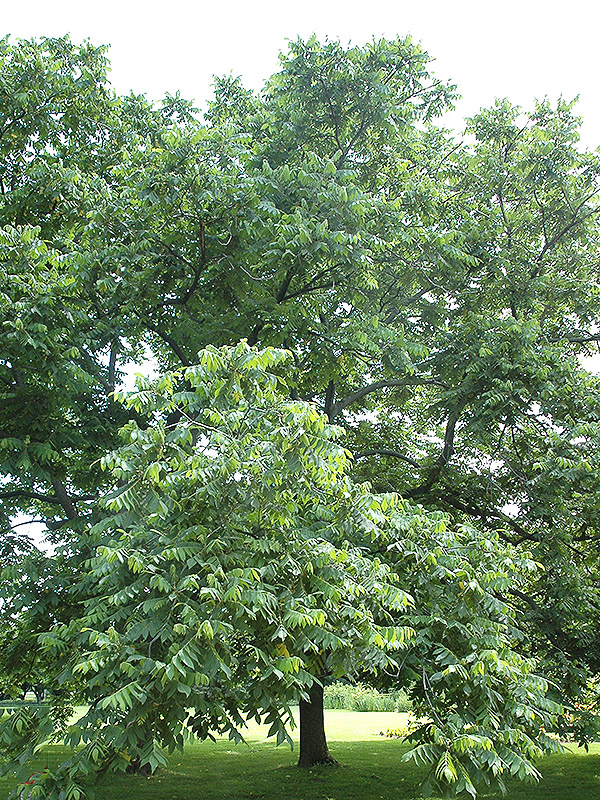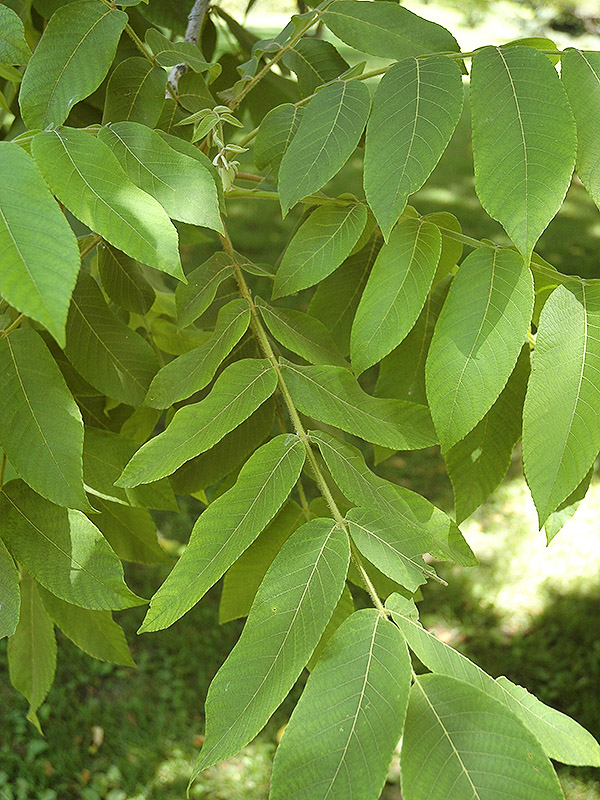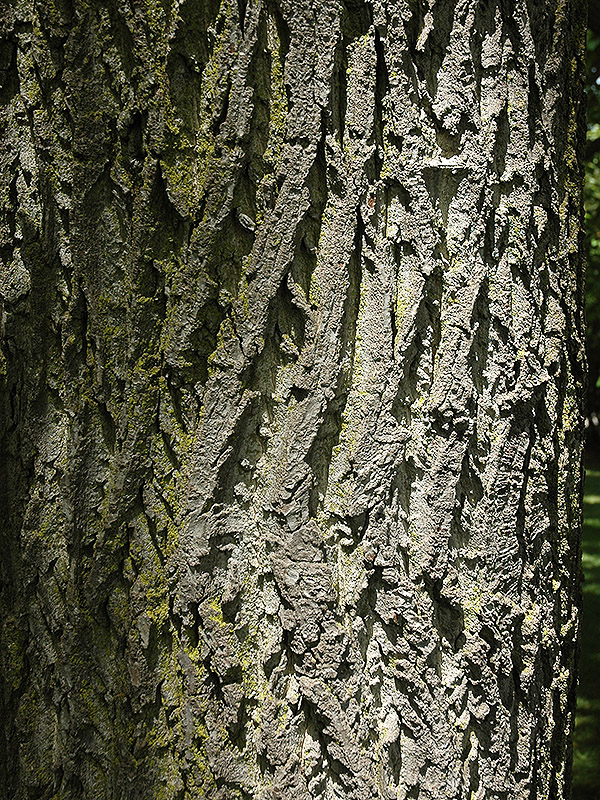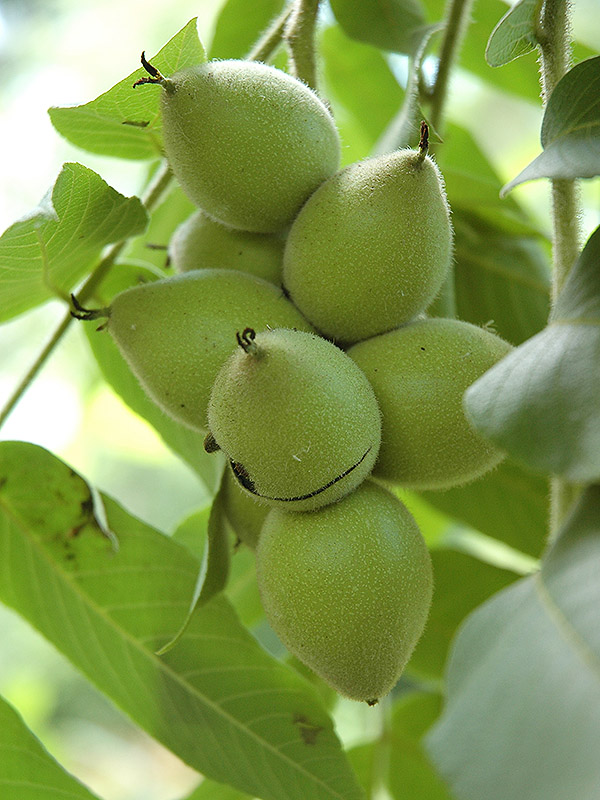| Shape | Slender, straight trunk with broad pyramid-shaped or rounded crown. |
| Landscape | Used for shade but produces jugulone and there are a number of plants that are very sensitive to this toxin and will not grow in its presence. Wood is hard and durable, it is used for furniture, paneling, dowels, tool handles and lumber. It's also used for smoking meats. |
| Propagation | From seed, direct sow outdoors in autumn or winter sow in vented containers in cold frames or unheated greenhouses. If growing from seed indoors, stratify seed for 3 months at 5°C. |
| Cultivation | Although it is usually found on wet bottom lands, it grows on dry sites and also grows well in poor low nutrient soils. It grows best on low, moist ground or in rich soil in higher ground. |
| Notable Specimens | The Niagara Parks Botanical Gardens, Niagara Falls, Ontario, Canada. |
| Bark/Stem Description | Grey to brown and shallowly furrowed. |
| Flower/Leaf Bud Description | Sulfur velvet scales and valvate buds with the terminal bud 1.2-1.9 cm long, with multiple scales overlapping the bud. The terminal bud is the longest most flattened bud and appears to be in two miniature leaves. |
| Leaf Description | Stout side branches grow upwards. Alternate, pinnately compound leaves 15-20 cm long. Composed of 5-7 course leaflets on a central stalk that are sharply serrated. Spring and summer colour is dark green, while autumn colour is often golden yellow. |
| Flower Description | Monoecious, male flowers are catkins about 8-10 cm, while female flowers are about 13 mm. Both are pale green to chartreuse in colour. |
| Colour Description | Stems are grey or reddish, pith is brown and solid. A weak yellow in autumn, but otherwise a rather fresh, light green during the growing season. |
| Texture Description | A coarsely textured tree. |



